This gift took 25 years of preparation, worth $10 billion.
Its name is “James Webb Space Telescope(JWST).”

In the hearts of astronomers, the Webb telescope is undoubtedly synonymous with dreams.
In the mouth of the majority of space enthusiasts, it has another name, “The king of procrastination.” From the establishment of the project in 1996 to now, it has been delayed for how many times.
This 14-year delay before the late arrival of the telescope really let people wait too long.
Is spending $10 billion on Christmas worth it or not?
The ill-fated “The king of procrastination.”
It was designed in 1997, and the James Webb Space Telescope’s goal was to go “beyond.” His imaginary enemy is the famous “Hubble Telescope” in the history of space.
Hubble telescope’s main mirror diameter of only 2.4 meters, Webb will have to do 8 meters; Hubble’s ability to see infrared light is limited, Webb will be able to collect infrared light in the medium and long wavelength bands.
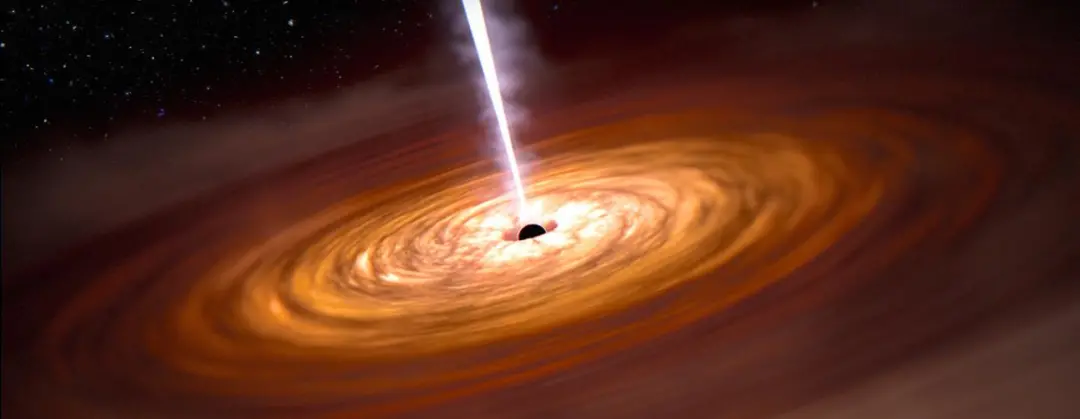
In 2003, Webb signed an $824.8 million manufacturing contract, and in 2005 the design was adjusted, and the pre-development costs ballooned to about $3.5 billion.
At the time, there were many objections: was the idea too big?
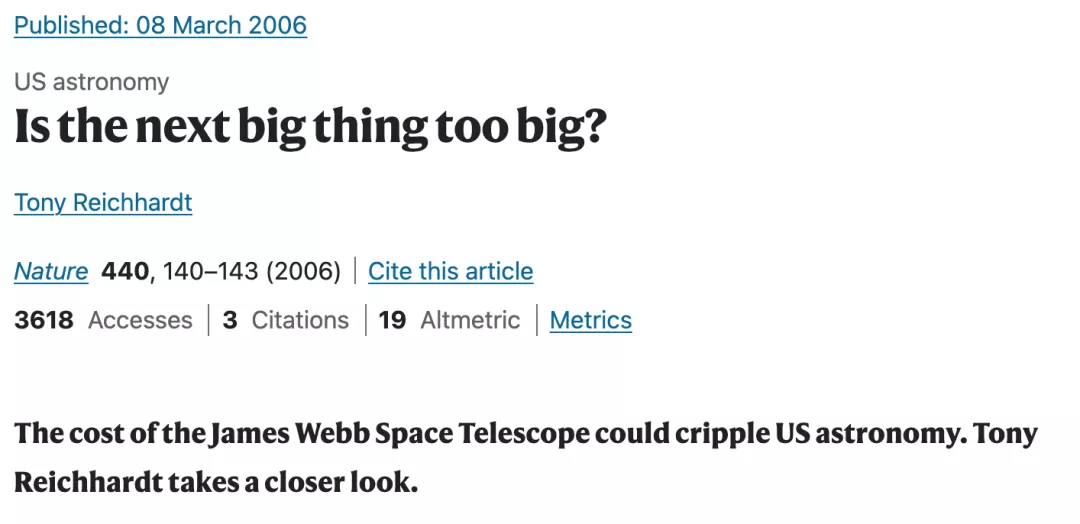
Little did we know that this was just the beginning.
In November 2010, the total cost of the Webb telescope grew to $5 billion, and the launch was planned to be postponed to 2017, more than a year late.
In 2011, the total cost was $6.5 billion, and the launch was postponed to 2018.
Is there still no end to it?!
Members of the U.S. Congress could not sit still. After deliberation, they agreed that NASA’s internal management had gone wrong. The way to solve the problem is to stop the Webb telescope program.
But NASA astronomers refused to give up this beautiful dream that was about to be realized.
After several mediations, the two sides reached an agreement: on the one hand, the House of Representatives no longer required the cancellation of the Webb program; on the other hand, NASA to keep Webb spending below $ 8 billion and to ensure that the launch in 2018.

Unexpectedly, the program to control the budget would, in the end, prove to be bogus again.
On March 27, 2018, NASA announced that the Webb telescope would be able to launch in May 2020 at the earliest and that it could cost more than $8.8 billion. Congress was also asked to approve this new program.
However, $8 billion has already been spent. So, in addition to approval, what else can Congress do?
After some cursing, Congress raised the mission’s cost cap by $800 million.
Woe betides the Webb telescope, which kept exposing problems during the 2018 tests: Sunshade screws came loose. Wiring errors caused transducer voltage overloads. An improper cleaning agent was used, causing all valves to be replaced.
Accounting for inflation, Webb’s cost at this point had exceeded $10 billion.
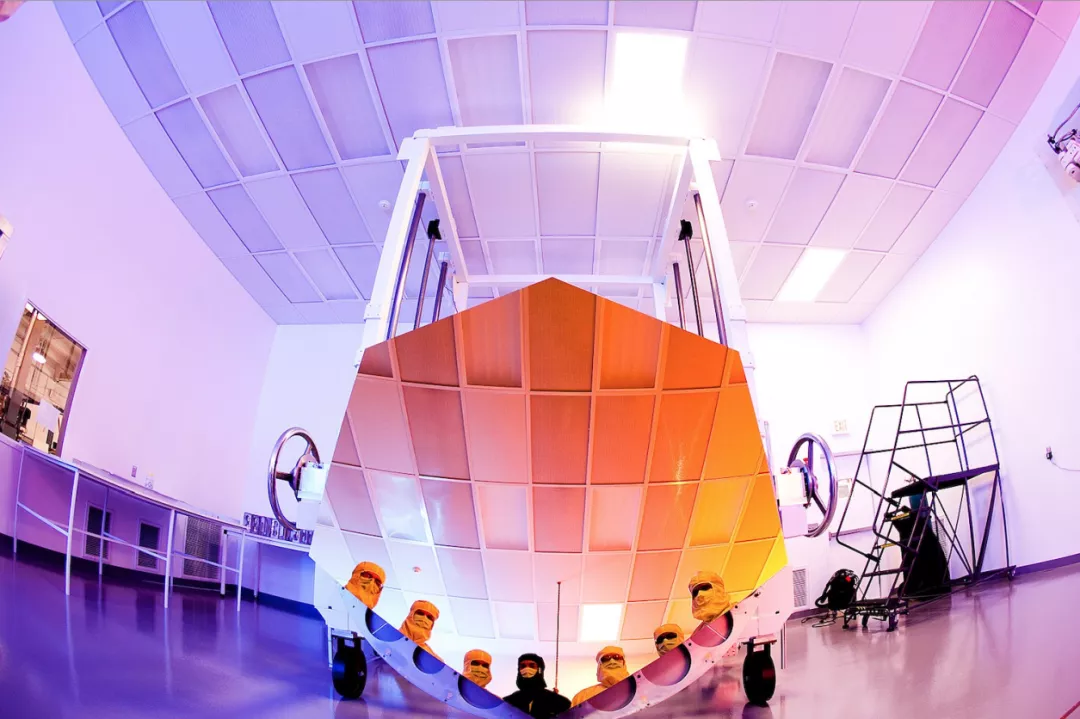
But mistakes are also a good thing. Webb had to fly 1.5 million kilometers into space, and once it took off, there was no way to repair it. It’s a blessing that the error didn’t happen in the sky but was caught on the ground.
It was hard to wait until development ended in 2020 and the new crown came. But, not surprisingly, Weber’s development process slowed down again because of the epidemic control.
The final folding and packing of the telescope had begun, but the rocket “Ariane 5”, which is responsible for carrying the telescope to the sky, had some problems and was urgently repaired.
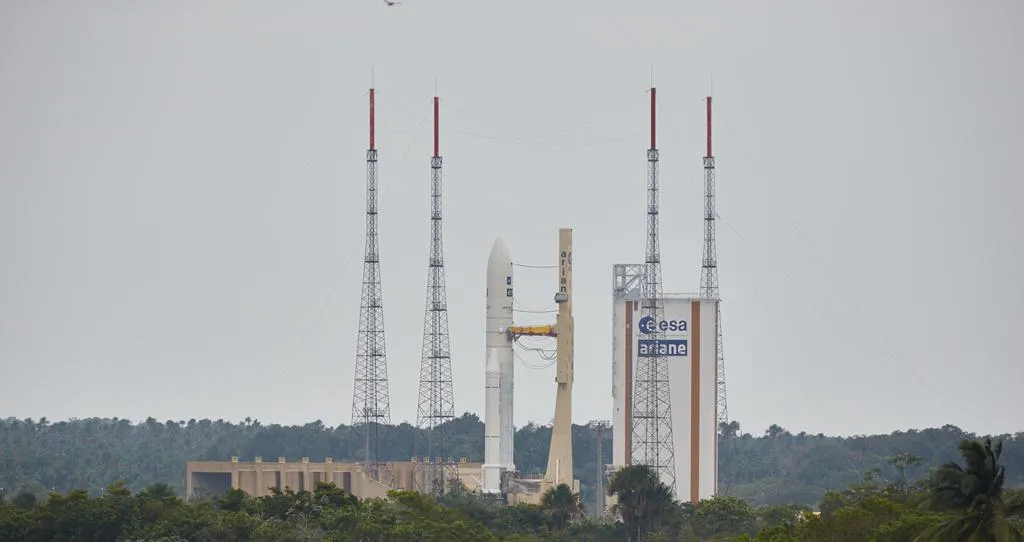
In addition, the launch site, Kourou Spaceport, is located in French Guiana, and transporting the telescope from the United States would require a long trip up the east coast of South America. Scientists began to worry: the value of more than 10 billion dollars of this precious child, if the pirates kidnapped, then what to do?
Pirates kidnapped the telescope, and there really is such a precedent: in 1982, a telescope named JCMT was to be shipped to the United Kingdom but was kidnapped to a small island in Hawaii. The kidnappers also claimed that they would “tear up the ticket if they didn’t pay” and that they would throw the telescope into the sea if they couldn’t get the ransom.
Webb’s value is much more expensive than JCMT: other than that, it is a super luxury honeycomb lens composed of 18 solid gold coated lenses.

Fortunately, Webb finally arrived safely at the Kulu launch site under the escort of the U.S. military and was scheduled to lift off on December 18, 2021.
The result was another mistake, adding four days to the test.
It was hard to get to December 22. It rained…
The rocket transit can not, and again to postpone.
Half a lifetime of procrastination, when it comes to launching, still forget to delay a few times. Webb can be faithful to their “king of procrastination” nature.
However, more than 20 years of procrastination is not without its advantages.
If a $10 billion mega-project was proposed at the outset, Congress and the public would not have accepted it. But after spreading the $10 billion cost over 20 years, the annual spending has not exceeded 3 percent of NASA’s total budget.
Between 2003-2006, NASA spent $9.7 billion on Webb, compared to total U.S. government spending of about $101 trillion. Webb accounted for only 0.0095% of all spending.
10 billion dollars, is it worth it?
James Webb is not the first space telescope with a twisted fate; the ill-fated experiences of his predecessor, the Hubble Space Telescope, could equally well be written into a book.
What is the most important thing for a telescope?
The answer is cleanliness.
Stay away from artificial light sources to avoid light pollution, choose a place with clean air to avoid atmospheric pollution, choose a dry place, and the more clear days, the longer the observable hours.
Therefore, astronomical telescopes are often placed in a land far from humans, such as in China’s Tibetan Ali, and Chile’s Atacama Desert, which have been chosen for the construction of observatories.
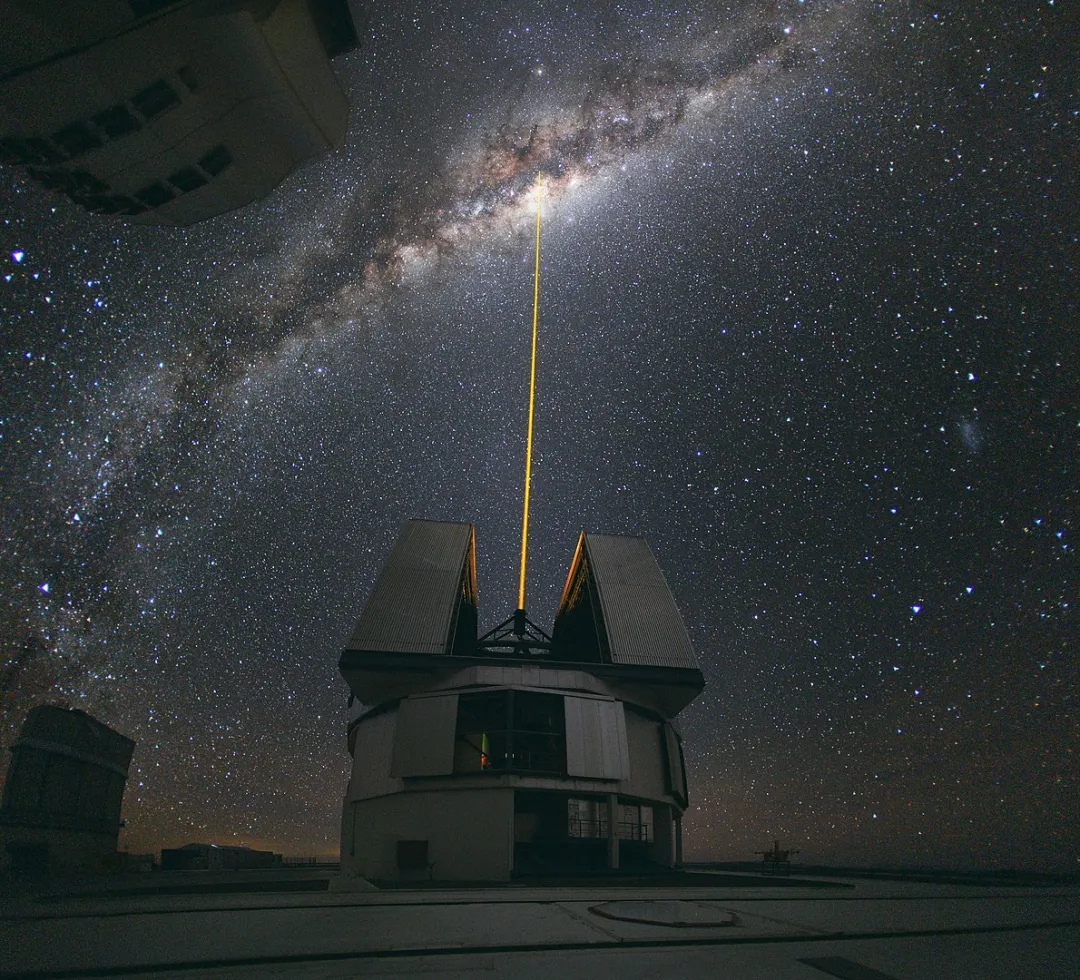
But there is one unfavorable factor that cannot be eliminated in any corner of the Earth: the atmosphere.
The Earth’s atmosphere contains wind, temperature differences and changes in density. These factors lead to atmospheric turbulence, affecting the observation of the stars, the atmosphere will also absorb a lot of ultraviolet and infrared, and other electromagnetic wavelengths, for the observation is also very unfavorable.
Therefore, the ideal place to place an astronomical telescope in space.
As early as 1946, scientists proposed the idea of a space telescope. With the maturity of the United States space exploration technology, the 70s, the plan to launch a space telescope on the official agenda is later Hubble Space Telescope.
As the saying goes, plans are not as good as changes. Hubble just started grinding the lenses, not to mention going to the sky. There was trouble. Because of the Hubble Telescope’s high precision requirements for lenses, the contractor, PerkinElmer, used the most advanced computer-aided manufacturing (CAM) at the time, which resulted in delays due to immature technology.
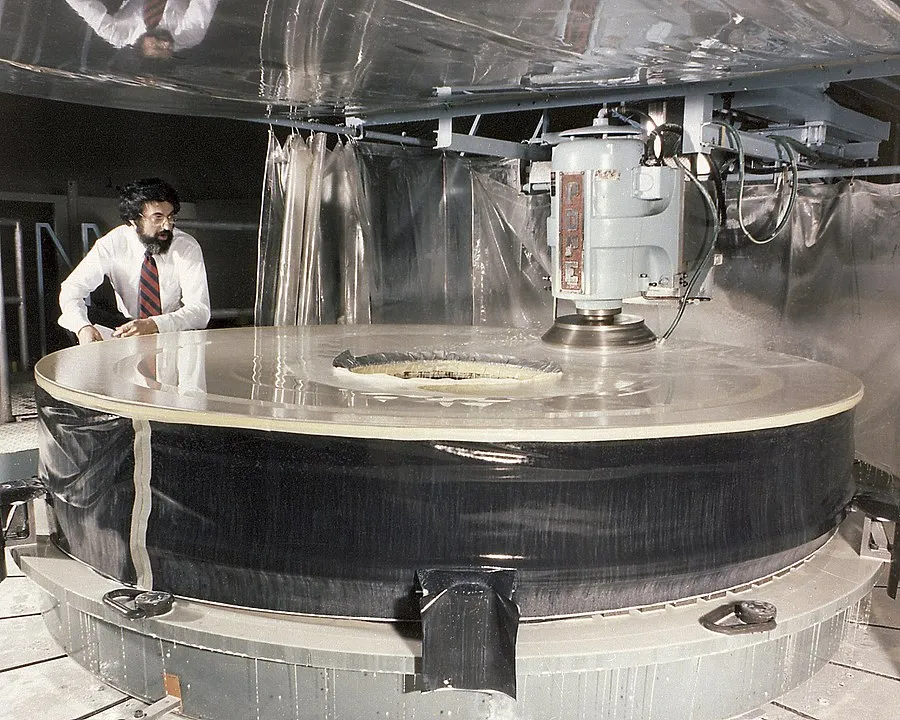
Lockheed was responsible for the telescope body, which was similarly uneventful, delaying the schedule and overrunning by 30 percent.
Just as the assembly was completed and ready for launch, in 1986, the U.S. space shuttle Challenger exploded, and Hubble’s launch was again delayed.
It wasn’t until April 24, 1990, that Hubble finally took to the skies.
A month later, Hubble finally sent back its first pictures, and scientists were frozen:
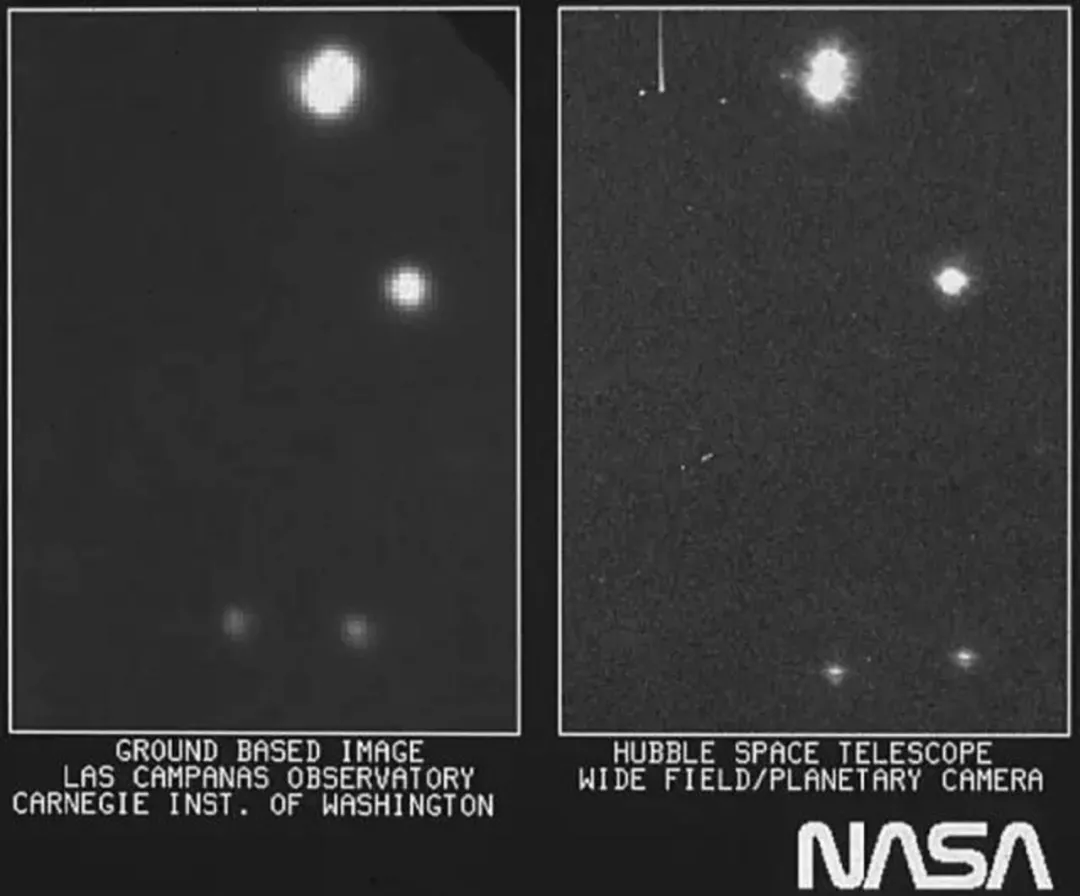
The Hubble’s photos were so blurry that they were basically unusable. No matter how much adjustment was made, the focus was just not right.
In order to get funding for Hubble, NASA scientists even gave up their dignity, lobbying Congress, appealing to the public, and even bringing in the European Space Agency to partner in the funding, but the first shot was a dud.
The Hubble Telescope became a laughing stock in the eyes of Americans: NASA spent $1.1 billion of taxpayer money to launch a toy that was not even in focus 500 kilometers from Earth!
After analyzing the images sent back, scientists finally found the problem: the lens was very accurate, but the shape was wrong.
Good to know the shame of the researchers did not give up. They designed two optical correction elements through precise calculations, which can reverse the error of the lens.

In December 1993, two astronauts aboard the Space Shuttle Endeavour performed an overhaul of the Hubble Telescope, wearing custom-made “glasses.”
Since then, NASA has sent astronauts into space four times to repair the Hubble Telescope, each repair costing more than $1 billion, plus annual maintenance management costs. The Hubble Telescope, which was designed to cost $200 million, has cost more than $10 billion so far.
How about this, so look at James Webb is not so expensive?
James Webb was able to burn $10 billion along the way precisely because Hubble proved that space telescopes are expensive for what they are worth.
To date, the Hubble telescope has made more than 1.3 million observations, and astronomers have published more than 15,000 papers with Hubble’s results, many of which have updated and overturned basic human knowledge of the universe.
These include accurate estimates of the age of the universe, confirmation of the universal existence of black holes, the discovery of dark energy, confirmation of the mass and size of galaxies, and enrichment of theories of stellar evolution.
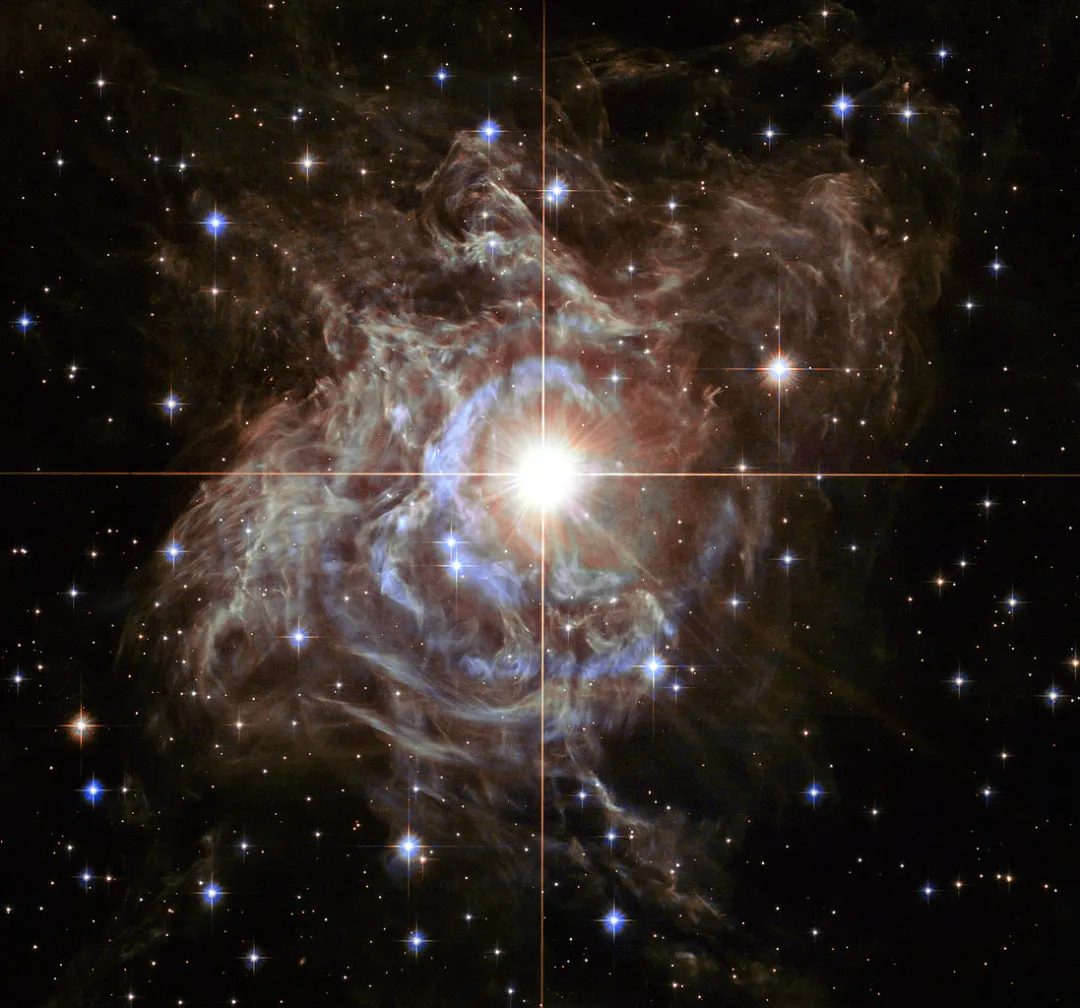
Hubble’s ultimate mission is to explore the origin and evolution of the universe.
In 1995, the Hubble Telescope carried out a deep-sky observation program, focusing on a small area of the sky near the constellation of Ursa Major in the northern sky, taking hundreds of pictures through 100 hours of exposure. Hubble Deep Field.
The Hubble Deep Field dramatically expands the range of the universe available to humans, with the most distant objects more than 12 billion light-years from Earth.
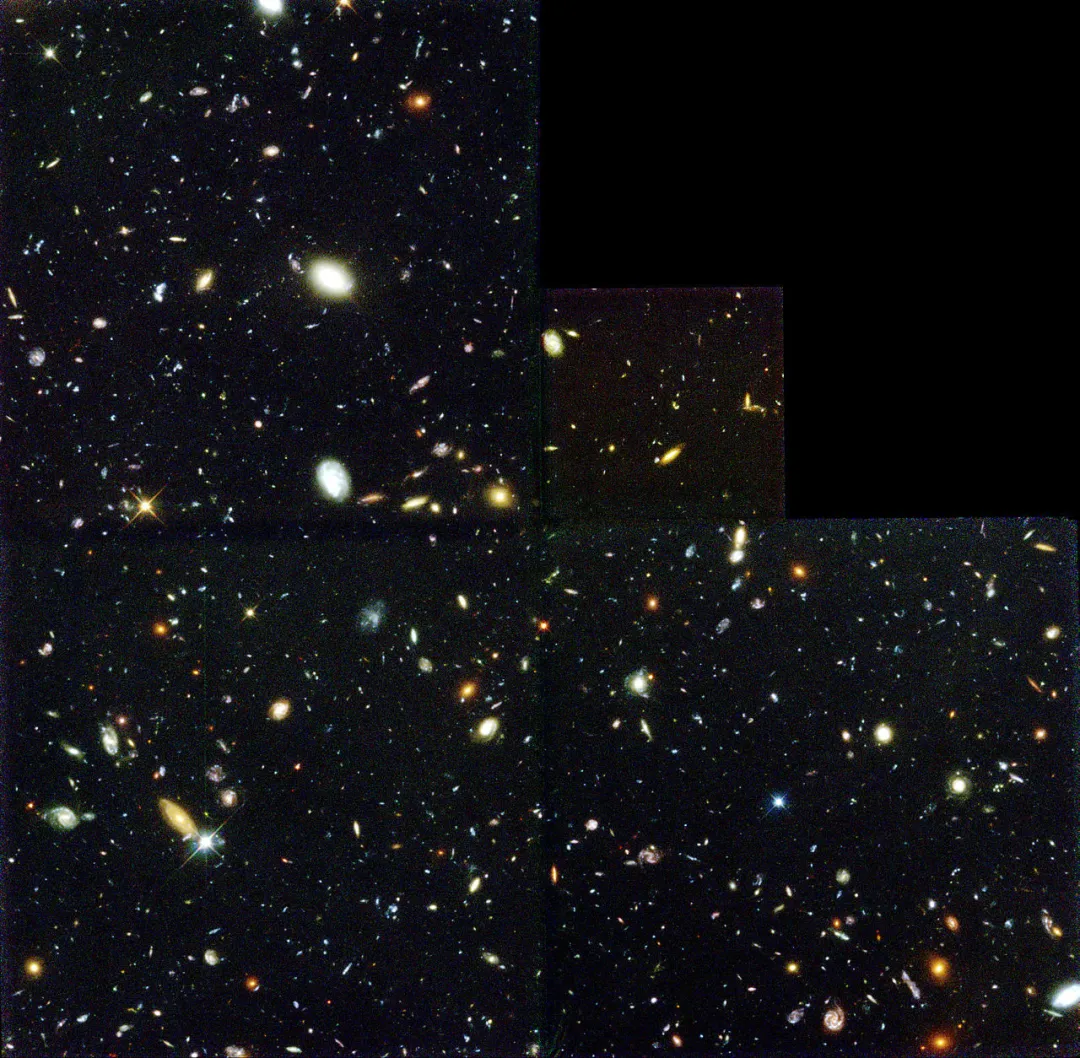
In addition to photographs, the Hubble Deep Field contains a wealth of data that has spawned a number of new results.
In 1998, the Hubble Telescope also photographed the “Hubble Deep South Field” in the southern hemisphere, which together with the Hubble Deep Field confirmed the conjecture that “the universe still has a uniform structure on the largest scales.
The search did not stop there.
In September 2003, Hubble launched another observation, a 113-day-long exposure that captured the Hubble Ultra Deep Field, which contains more than 10,000 galaxies covering all periods of time since the birth of the universe, with the oldest objects existing as early as 800 million years after the formation of the universe.
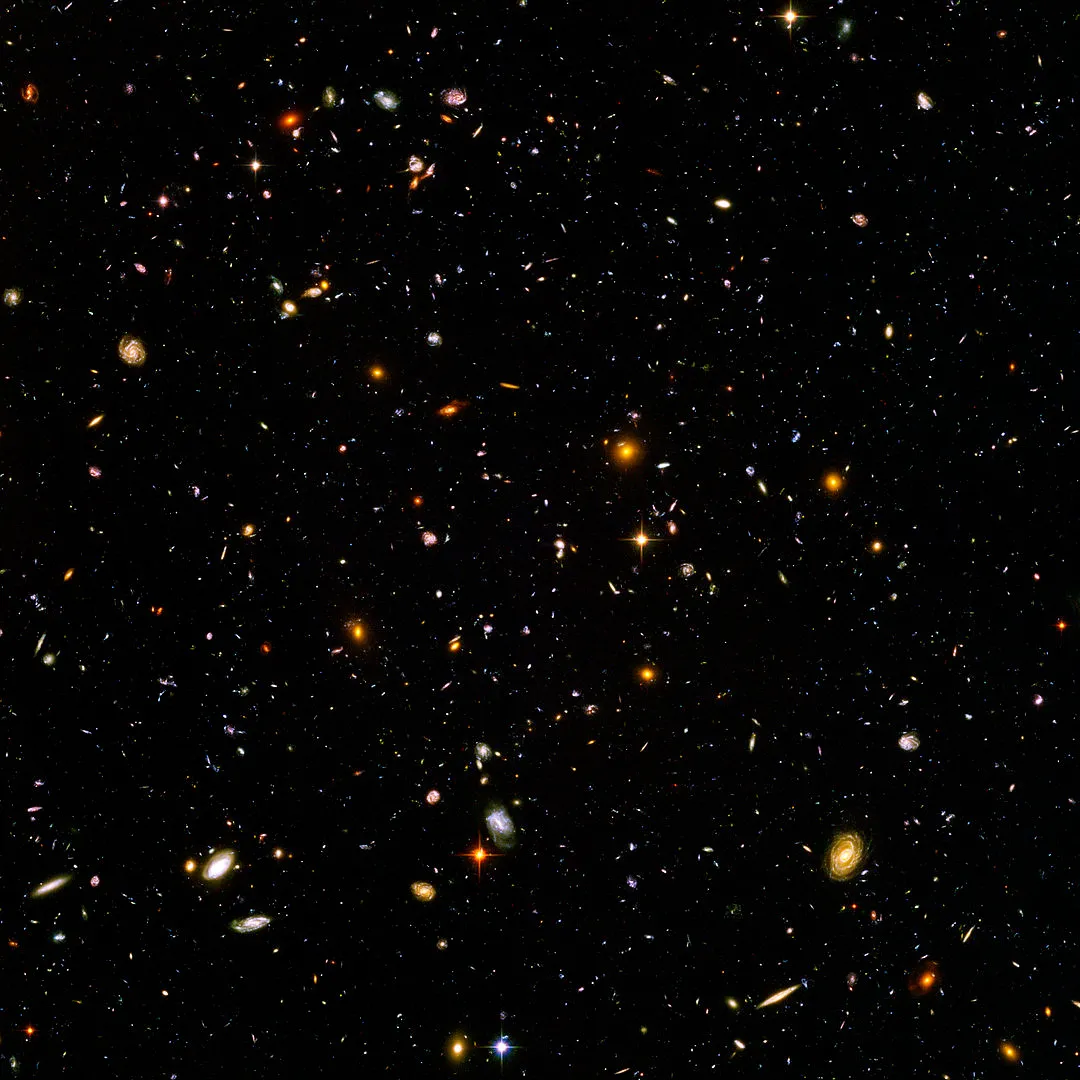
In 2012, the Hubble telescope was updated again with the Hubble eXtreme Deep Field, in which the faintest galaxies are a fraction of the brightness visible to the human eye by 10 billionths of a second, advancing the time that humans can observe to 480 million years after the birth of the universe. This is the most profound and most distant universe that humans can see.
In addition to its scientific achievements, Hubble has likewise played a huge role in the field of science and popularization.

In 2004, due to another space shuttle crash, NASA intended to cancel the original maintenance plan and let Hubble retire in 2010.
As a result, the news came out that the Americans were not doing it.
“By losing Hubble, a national treasure, the public and generations of scientists will lose inspiration!”
With a joint appeal from the astronomical community to the general public, Hubble remained in service and shone for humanity.
But he had help later.
James Webb will reach the second Lagrange point, 1.5 million kilometers from Earth, and begin his work in four weeks.
Good luck with it!
